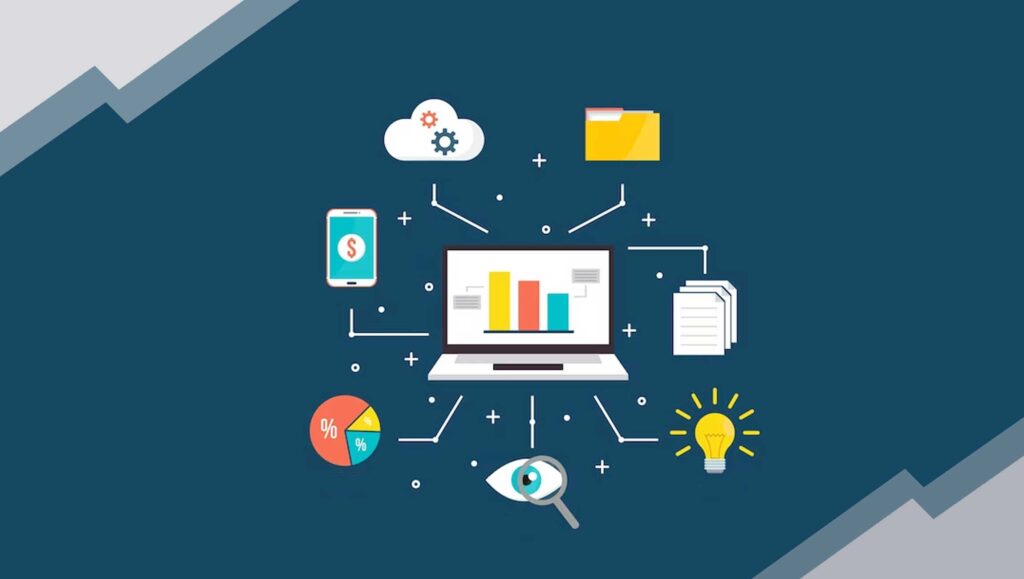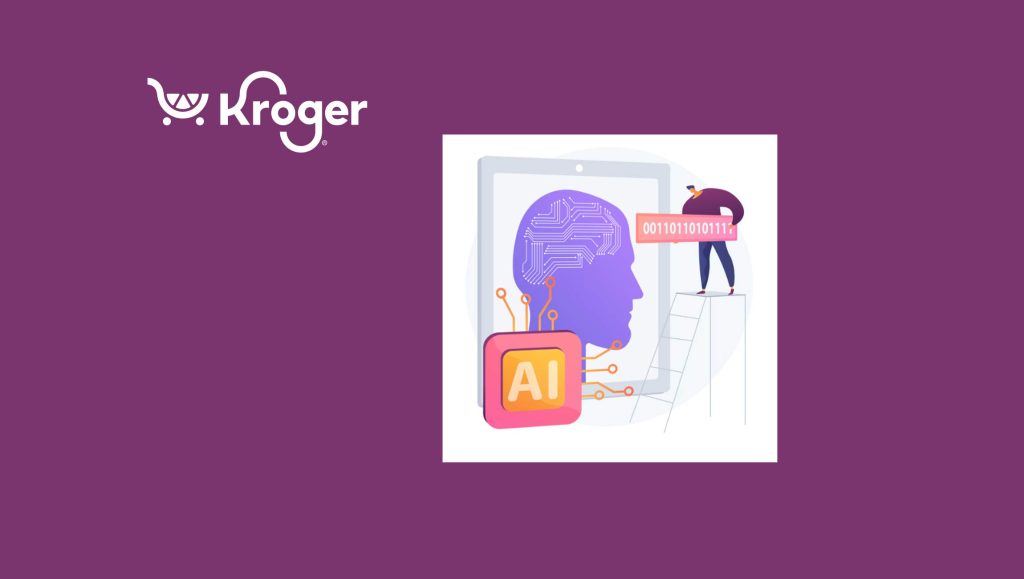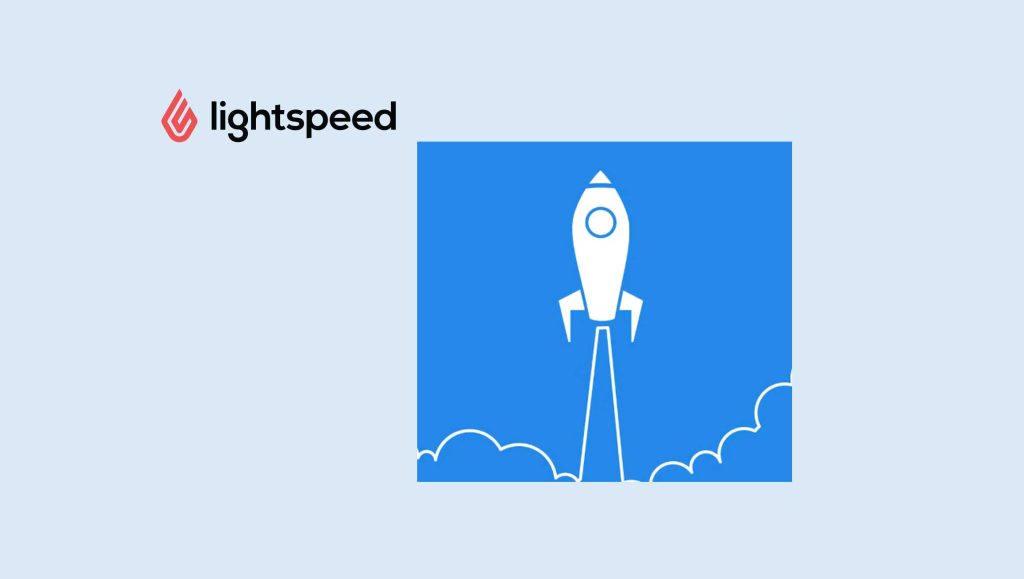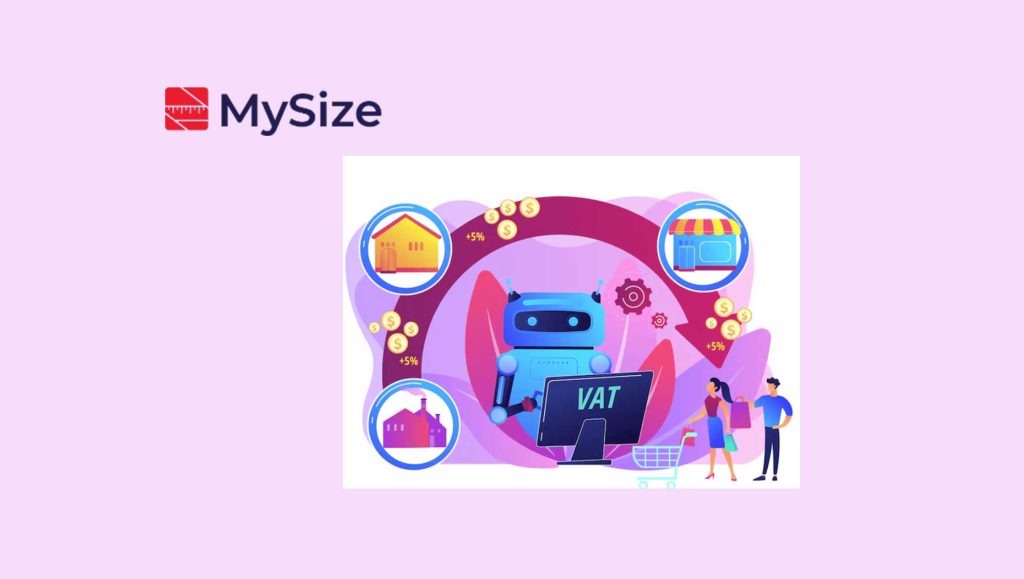The success of B2B sales and marketing heavily depends upon the type of data teams have access to. However, using data to only reach out to your target audience is not enough. Every marketer knows and understands the value of intent data and its potential to achieve comprehensive business objectives.
Marketers must understand their customers’ needs, and data intelligence will help them do so. Customer knowledge based on data intelligence adds a competitive edge and also helps them build a strong and consistent pipeline for the sales team to take over.
Unfortunately, only a few marketers know the best use of data to take advantage of the vast array of customer insights it offers. One of the most important types of B2B data for driving marketing and sales insights is Intent data.
Read More: SalesTechStar Interview with Erik Darby, VP of Business Development, BetterUp
What is Intent Data?
Simply put, Intent Data is a set of behavioral signals that help marketers to understand the intention of their prospects to purchase a product or service. The prospects are online users, they search for a solution to a problem they are facing. They search online, consume content, look for solutions, and learn different ways to ease the pain.
Studies suggest that customers already cover 67% of their purchase journey before interacting with a salesperson. Combining these buyer intent data with the signals of the prospects, a marketer can get a bird’s eye view to channel customer insights for the advantage of the organization.
That said, understanding the use of intent data can be a turning point for a B2B organization. Let us now see the types of intent data that every marketer must look for.
Types of B2B Intent Data
Predominantly, B2B intent data falls under two categories, namely,
1. First-party intent data
First-party intent data, as the name suggests, is the first data collected by your organization. The data is readily available within your company’s tools and systems. So, what data do first-party intent data include? Each piece of data you collect through website traffic, internal searches, social media listening tools, and other systems.
Whenever you are thinking about tracking visitors on your website, you are planning to collect First-Party Intent Data.
Why is First-Party Intent Data Important? Let us check the following points:
- As first-party intent data is collected directly from the users, the data shows strong buying intent.
- First-party intent data helps to take action in real-time.
- Using first-party intent data internally gives you control over what and how to collect.
The top places to collect B2B first-party intent data are:
- Actions that are taken or behaviors showcased across your website or app.
- Your social media profiles.
- Email communication and ad clicks.
- Answers to your customer surveys.
- CRM and marketing automation software.
2. Third-party intent data
Unlike first-party intent data, third-party intent data is not available within your internal systems. Rather, it is extracted from external vendors. Third-party intent data is useful, but as it doesn’t take into account the entire journey of the buyer, it doesn’t show strong buying signals.
However, third-party intent data still serves the purpose. It rarely happens that a customer visits just one website and takes a decision, he or she will check many other websites, check reviews and testimonials before purchasing the product or service. The majority of this happens much before a buyer even talks to one of your sales reps.
So, how does third-party intent data help?
- The data helps you observe the overall behavior of your user on the internet.
- You get to know more about your competitors and how your customers are looking at the competition.
- Based on this data, you can work upon to improve your business reviews and feedback.
However, be careful about who you are collecting third-party data. Do thorough research before you decide to collect the data.
The top places to gather third-party data are:
- Companies that sell their data collected on their websites.
- Public data publishers and aggregators.
- Companies that aggregate, process, and resell data from multiple sources.
Making the Intent Data Work for you
It is imperative for marketers to know their buyers’ intentions and unlock more opportunities and possibilities to grow revenue. However, intent data will not pool in results if not used strategically. Simply keeping a list of interested buyers in front of your screen will not fetch your sales. Additionally, intent data is dynamic, and it changes over a course of time.
Using intent data for the benefit of your organization demands a comprehensive strategy, including the means to gather data, qualify it, and sketch out a clear plan on how to use the data.
So, it is time for a well-thought-out intent data strategy.
Read More: Data Essentials in a Down Economy





















